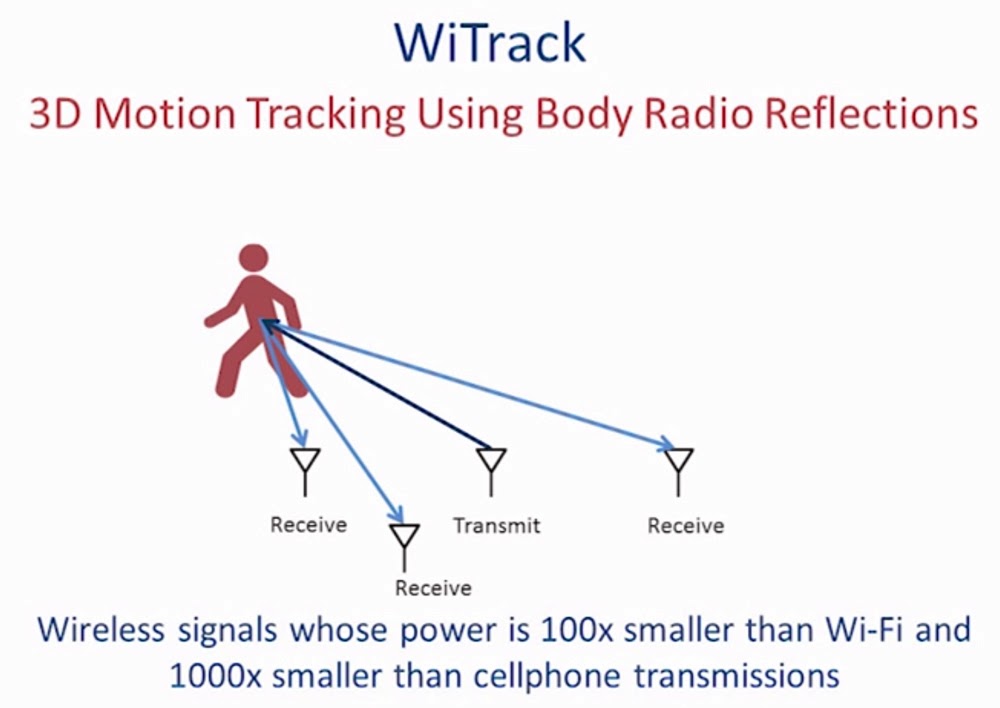The country's Ministry of Education, Science and Technology (MEST) announced Wednesday that it would invest 1.6 trillion won ($1.5 billion) to develop 5G technology that will be 1,000 times faster than 4G LTE and quick enough to allow users to download full-length films (usually an 800-megabyte file) in one second.
MEST plans to roll out a trial 5G service by 2017 and have a commercial service available by 2020. In addition to developing the 5G network itself, MEST will prioritize developing new, key features for 5G, including Ultra-HD streaming, hologram transmission and upgraded social networking services.
South Korea's government estimates that projected sales for related industries that would use the 5G infrastructure could reach up to 331 trillion won ($310 billion) from 2020 to 2026. MEST wants to implement the plan with cooperation from operators like SK Telecom and Korea Telecom as well as Samsung and LG.
Samsung announced the results of its own early 5G tests last May. The company claimed that it managed to produce a 1.056 Gigabit per second signal to a distance of up to 2 kilometers (1.2 miles) and has similar plans to have the service commercially available by 2020.
The company's tests used 64 antennas to get around the problems with the high frequencies needed to transfer data at higher speeds by rapidly switching between which transmitter and receiver beams carried data depending on which could get the clearest signal.
Despite the company's claims regarding using 5G as a potential network, the lack of published confirmation has drawn skepticism from some in the tech industry.
Just after Samsung made its announcement, Forbes denounced Samsung's claims as "hyperbole," taking issue with the technology Samsung claimed it used, especially the vague details surrounding the 64 antennas used in Samsung's tests.
Though some may write off talk of 5G as being little more than a marketing gimmick, other regions are also looking into developing the next-generation network. According to the Digital Agenda for Europe, the EU has their sights set on 5G and also hopes to be ready to support the increase in traffic expected in 2020.
.jpg)














